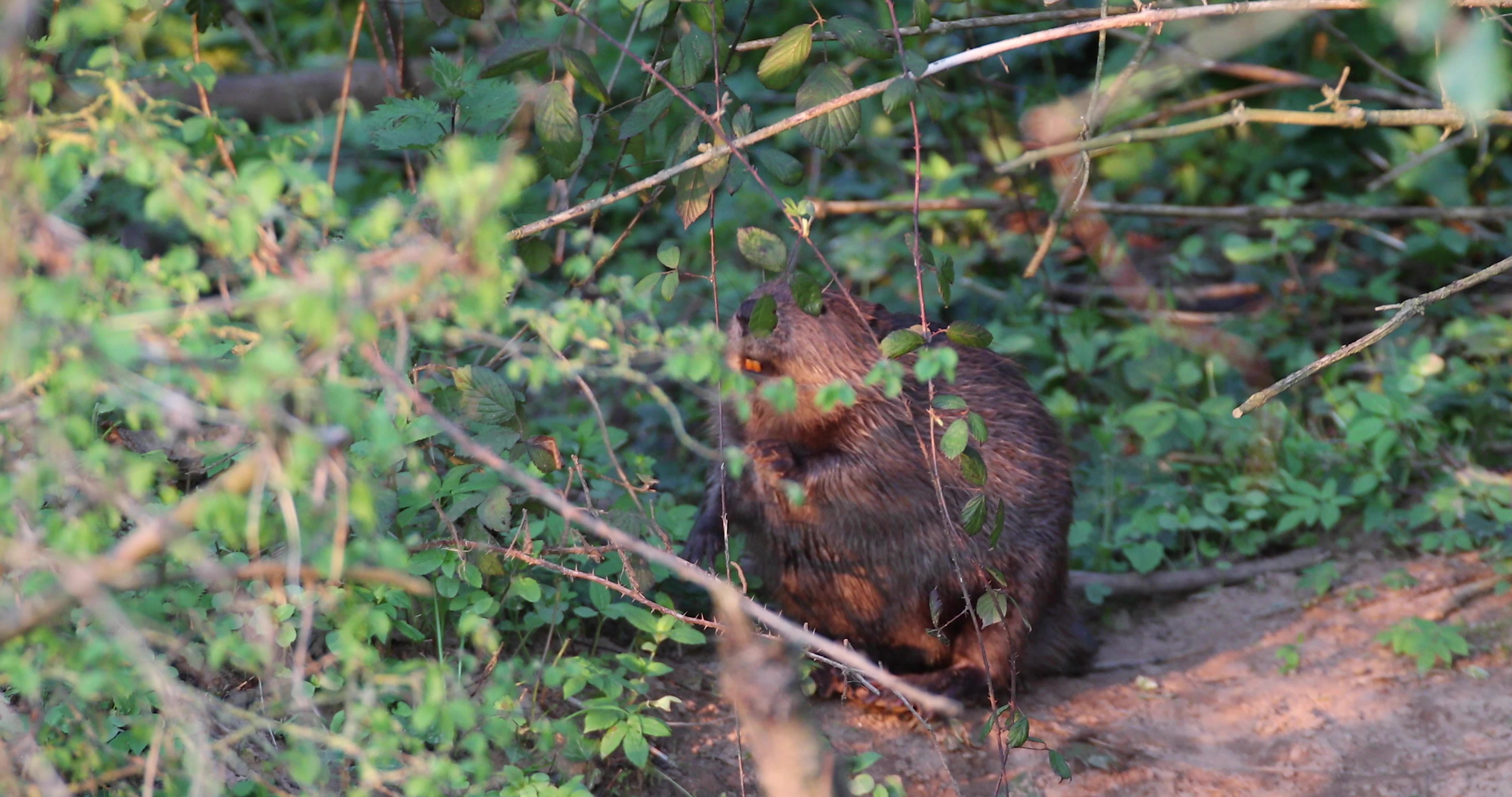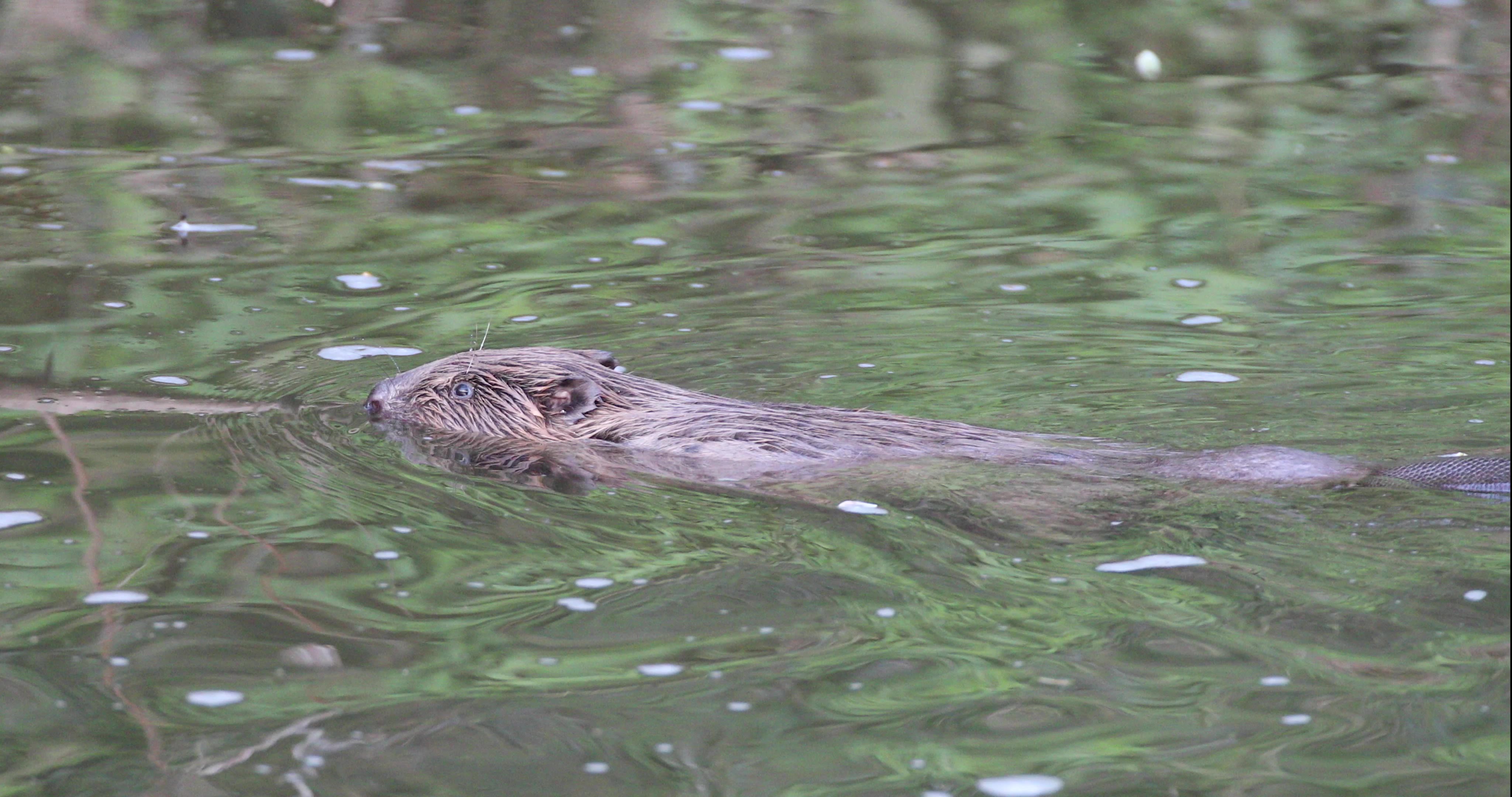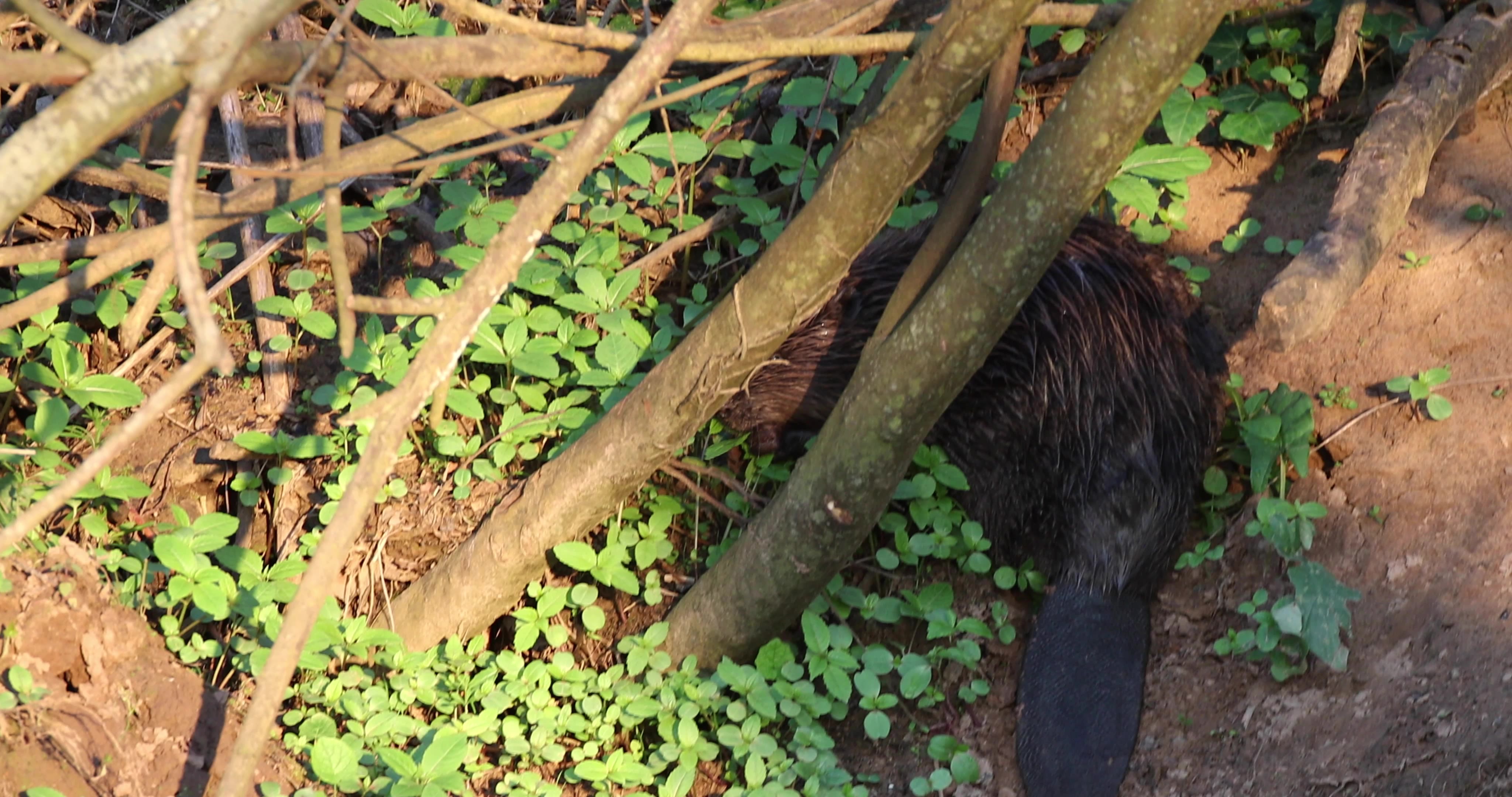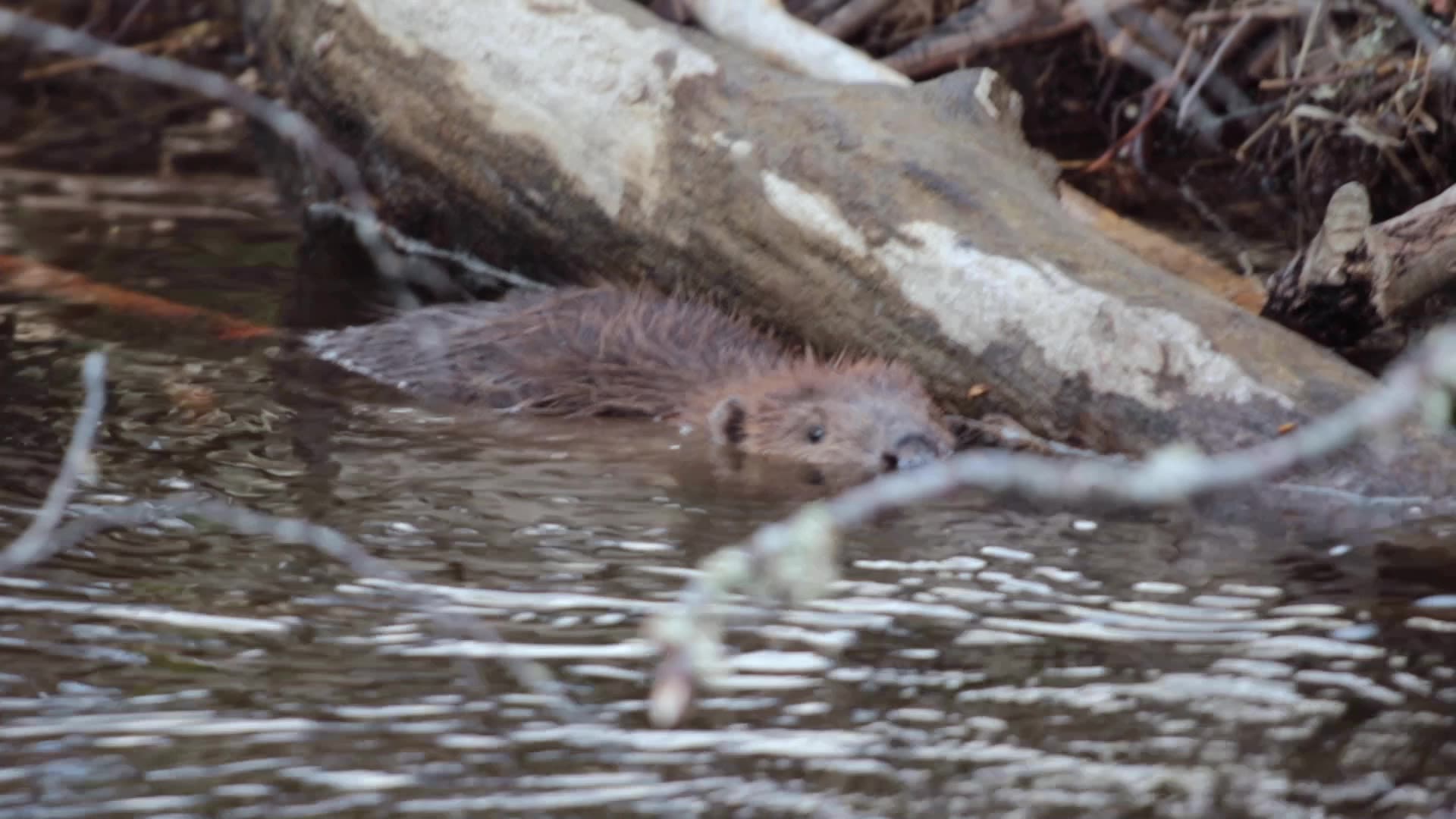Dam Good News? Beavers could soon be back in South Yorkshire’s waterways

Dubbed eco-system engineers, beavers are hoped to be South Yorkshire’s next step in finding natural solutions for slowing the flow and preventing flooding. Beavers could soon be shaping the waterways of South Yorkshire for the first time in centuries. The reintroduction of beavers in South Yorkshire is underway. Director of Sheffield and Rotherham Wildlife Trust, Roy Mosley, said the project is onto the "next step" as testing sites for feasibility will be finished this year.
“We reckon beavers can probably reduce flood risk by 20 to 30% for medium size, medium and small riverbeds.”
Wetland Worries and Nature's Architects

Wetlands across the globe have been in decline. According to the Global Wetland Outlook, “wetlands are being lost at alarming rates”.
35% of wetlands have been lost globally since 1970, and that loss has accelerated each year since 2000.
Roy Mosley explained that wetlands are one of the most threatened habitats in the UK.
"I spent 20/30, years of my career restoring wetlands and rivers. But actually, beavers do it 10 times better and totally for free."
Pioneering for decades, conservationists have argued for beavers as a nature-based climate solution at an affordable rate.
Beavers are often called "ecosystem engineers" because of their ability to transform landscapes in ways that benefit both nature and people.
These are semi-aquatic rodents are known for their signature buck teeth, paddle-like tail and ability to build dams.
In recent years they have become increasingly sought-after, used as tools for reducing flood risk, their dams slowing the flow of water.
Creating natural wetlands, revitalising habits, and filtering pollution from our waters – beavers have become a desired environmental aid.
Mr Driver, added: “The other really important things, is that you can engage people with nature. It's wonderful for health and well-being, of course, and it's also brilliant for reconnecting people with nature and educational reasons.”
Source: Extensive global wetland loss over the past three centuries,Nature Research
From Feasibility to Reality: Why South Yorkshire?

Feasibility
The reintroduction of Beavers was launched a pilot project back in 2023. Sheffield City Council were awarded £96,725 by Yorkshire Regional Flood and Coastal Committee to assess the possibility of introducing beavers.
Recent government policy shifts (28 February) allowing wild beaver releases under license sees South Yorkshire following suit of similar success stories in Devon, Gloucestershire and North Yorkshire.
Mr Driver, said: "over a third of big [re-wilding] projects across the country are considering introducing beavers."
The feasible areas discussed so far, for both wild and enclosed releases, include Blackamoor, upstream of the River Don and upland areas of Barnsley. Beavers limit flows downstream at smaller avenues in rivers. That means at times of heavy rainfall, the lowlands which in this case are urban areas like Sheffield and Doncaster, face less risk.
The River Don and its tributaries the River Sheaf and Dearne are key bodies of water in South Yorkshire.
South Yorkshire has a history of flooding. June 2007 saw the regions heaviest rainfall since 1882, and tragically 2 people lost their lives. 6000 homes and businesses were affected, 40,000 people lost power, and the M1 was closed for 3 days.
Flooding also impacted South Yorkshire in 2019 and 2023, particularly affecting areas such Rotherham and Chesterfield.
Reality
Wild releases have already begun in England, with the first wild release of two beavers in Dorset on 5 March.
Previously only one wild beaver colony had legally existed in England. They were found living on the River Otter in Devon in 2008 and opposition to their removal led to England’s first wild beaver project.
Close to extinction by the 16th century, hunted for their fur, meat and scent glands, the news of another wild beaver release made Sheffield’s project finally seem tangible.
Harry Bowel, Director of Land and Nature at the National Trust told the Beaver Trust: “Reintroducing native species which have previously disappeared from the landscape largely due to human intervention is incredibly humbling.”
The possibility of beavers in South Yorkshire, calls into question how the region manages their landscape, restores the natural balance of their rivers and commits to environmental needs.



